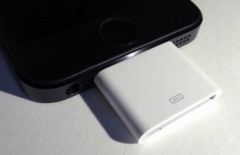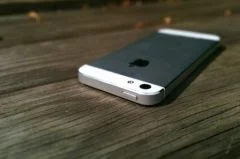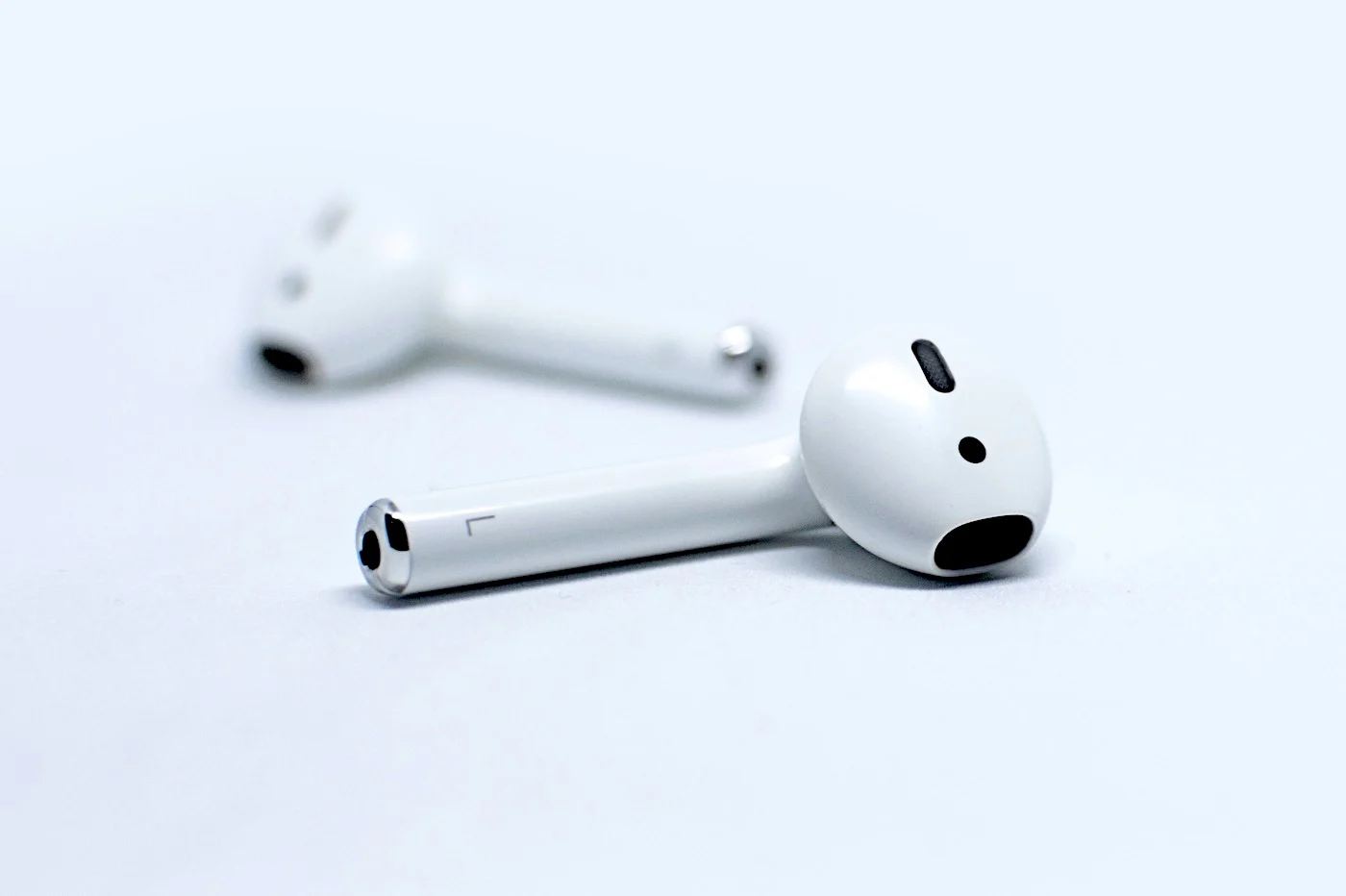 The resolution that will be proposed
The resolution that will be proposed
the next iPhone(s) interests users of course, but not
only ! Developers are also concerned since it will be necessary
that their applications adapt to larger announced screens.
In the field, nothing has been really clear on the subject until now,
but at
9to5Mac(encore
!), we think we know theprobable iPhone resolution
6.
So, instead of keeping the same resolution as currently to display
the same number of pixels on a larger screen, thus dropping the
density below 300 pixels per inch considered by Apple as Retina,
it's aincrease in number of pixelswho should
draw.
We would then go from 1136 x 640 pixels currently on the iPhone 5/5s/5c to
1704 x 960pixels.
From X2 to X3
The site offers a long reasoning to explain why this
resolution would be the most logical.
We'll spare you the details. But in a few words, currently and
since the transition to the iPhone 4 and its Retina screen, developers
work virtually with the initial resolution of the iPhone from 2007 i.e.
320 x 480 (3.5 inch screen), then expanded to reach the proportion of
the iPhone 5 (4-inch screen, larger in height only) or568
x 320 virtual pixels(doubled in both dimensions for
display).
By applying a ratio no longer X2 as currently to have the Retina,
Apple would test a solution with a postmanX3. This gives
then this resolution of 1704 x 960 pixels on display.
Result ? This means that the proportions of the iPhone 6 would be the
same in terms of height to width ratio as an iPhone 5s. This seems
confirmed by the few supposed diagrams (and models) whichcurrently circulating.
Retina gold no ?
Furthermore, by combining a change in resolution and a change in
screen size, it is important to ask the question of pixel density
got. Here's what that would look like:
- On a diagonal screen4.7 inches, this resolution
provides a fineness of416 stitches per inch,well beyond the
326 of the screen offered on the iPhone 5 series
- On a 5.5-inch screen, the second “phablet” type model which would be planned
at Apple, we obtain a density again beyond the current Retina, since
she would be356 stitches per inch
We see, Apple would maintain and even improve the finesse of its screens
using this resolution.
So of course, even if Apple is currently testing this resolution, it
We will have to wait to find out if it is confirmed in September! But if
was the case, it is interesting how this would compare to the
concurrence.
So, if we take the current high-end, we have the following machines,
with their resolution/screen size:
- Samsung Galaxy S5: 1920 x 1080 pixels, diagonal of 5.1 inches, i.e.
a pixel density of 432 ppi
- Nexus 5, HTC One M8: 1920 x 1080 pixels, diagonal of 5, density of
Approximately 445 stitches per inch
- Galaxy Note 3: 1,920 x 1,080 pixels, 5.7-inch diagonal, i.e.
a density of 386 stitches per inch
We see, the densities on the display for the possible resolution of
the iPhone 6 are relativelyclose to what is done at
Android. Furthermore, as very fine densities are achieved for
which it becomes almost impossible to distinguish the slightest pixel
the screen, deviations of a few dozen PPIs don't really change
the display for the eye. Apple would therefore have no problem in terms of
comparison with its competitors.
We note that this resolution would not be as high as that announced by
an often well-informed analyst, hepromised us better
ici.
To be continued, we will certainly talk about it again from here
in the month of September!
Also read:

i-nfo.fr - Official iPhon.fr app
By : Keleops AG
founder of the site. Computer engineer and Internet specialist where he has held various positions of responsibility, Laurent has been passionate about mobility since the arrival of "PDAs" in the 90s. Journalist for 4 years for the magazine Team Palmtops (Posse Presse) and author of several books on the iPad published by Pearson.






